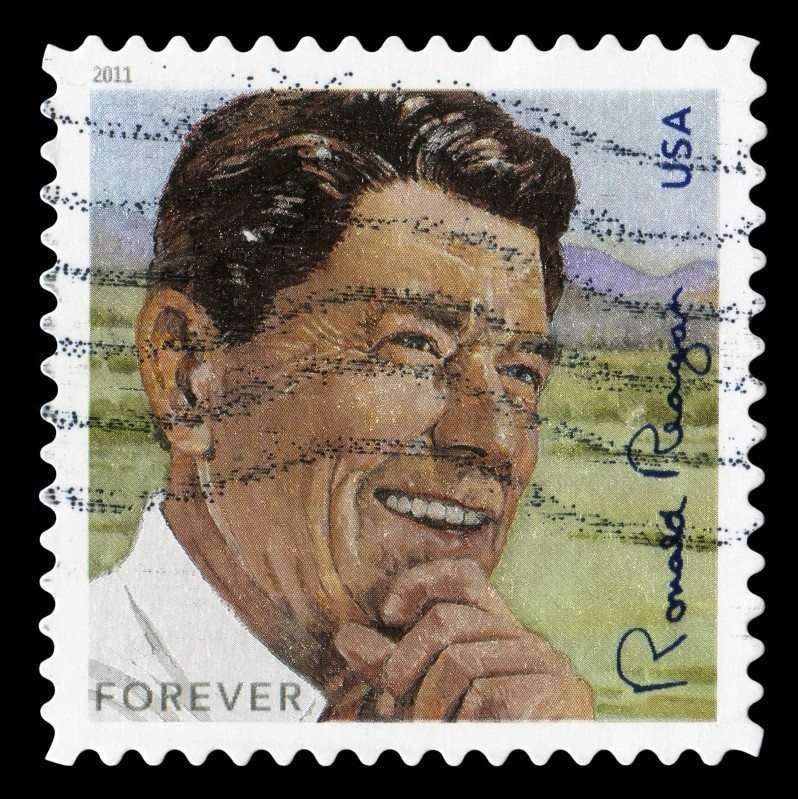Ronald Reagan was the 40th president of the United States… and also a persuasive negotiator. Read on to learn the art of negotiating with his method, the Reagan Method:
Enumerate agreements and concessions
When Ronald Reagan had to deal with a violent dispute between bus drivers and the city of Los Angeles, the then-candidate for the White House flew to California and started off with a simple but powerful gesture in the world of negotiation: he enumerated all the issues agreed on so far and the concessions both parties had agreed to make.
You may also like: Negotiation Tips on How To Get a Head Start
Group and prioritize the issues to be addressed
During that same conflict, Reagan put all his attention on the issues that generated disagreement between the two parties. All those issues on which there was no consensus were prioritized, from the easiest to solve to the most difficult. Thus, the American politician grouped the issues in order to address them more easily.
Focus on the achievements
One of the successes of the Reagan Method in the art of negotiating is about monitoring the situation and summarizing, from time to time, the state of the talks. This way, we can shed some light on the situation and perceive the negotiation process in a much less complicated way.
Summarizing helps us focus on the achievements, which, ultimately, reduces the gap between the two sides and also helps reduces stress. In other words, focusing on the achievements brings positions together.
Work on your credibility
The art of negotiating is closely related to the success in our communication skills. If we don’t want our messages to be questioned, we must have credibility. In the case of Reagan, he worked on his communication skills from a clear economic, social and political message, which contributed to the creation of a high level of credibility around him.
Overcome uncertainty
Shortly before his arrival at the White House, the United States had been living moments of great social and political instability, with the murders of Robert Kennedy and Martin Luther King, Nixon’s resignation or the Vietnam War. Reagan arrived with a clear message and an emotional style that left a mark on most Americans. The art of negotiating is all about overcoming uncertainty with a clear message and a clear attitude.
Show self-confidence
When sitting around the negotiating table, it is important to show self-confidence, in other words: to believe in our own message. Reagan believed in what he said and used that self-confidence to convey his message and views on the world and to persuade people. Only if we believe in what we say, we will be able to reach success in a negotiation.
Related post: How to control your emotions in a price negotiation towards the goal
What other features would you add to this list?





